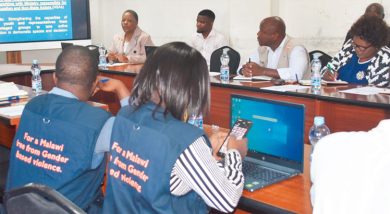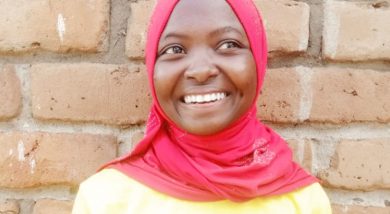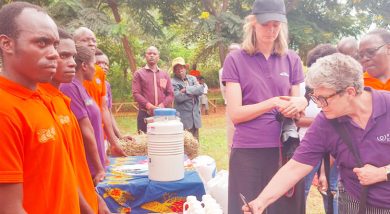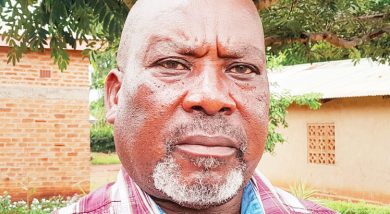Covid-19 exposes ailing education system
The coronavirus (Covid-19) has exposed glaring gaps and inefficiencies in the country’s education system, with the government placing a panic button to ensure that the weaknesses do not lead to the further spread of the pandemic.
But executive director of the Civil Society Education Coalition (Csec) Benedicto Kondowe argues that before the announcement of extension of school closure, no effort was done to prepare schools for reopening.
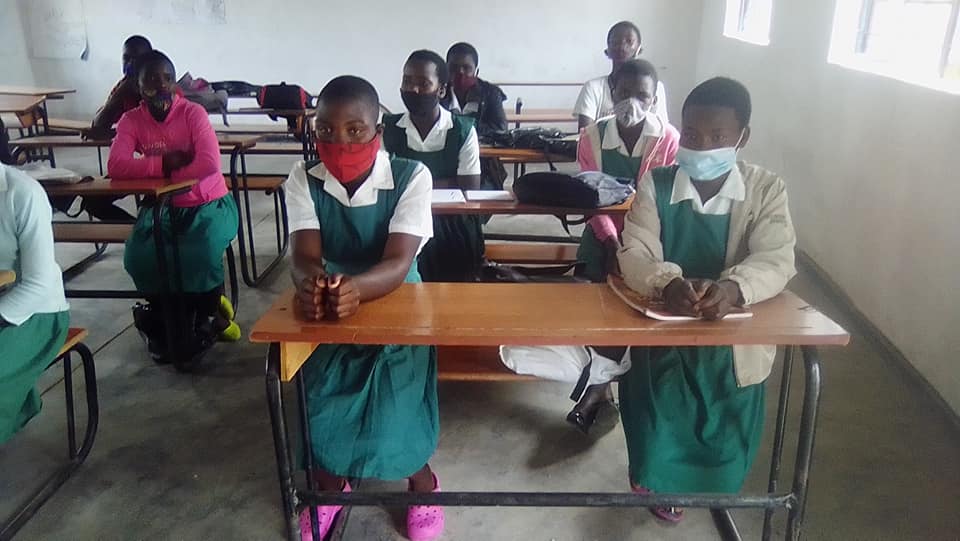
Decongesting classrooms, which Lilongwe is doing to reduce the spread of the pandemic, is resulting in more hours of work for the already few teachers, but also calls for an increase in the number of classrooms.
During an engagement with chiefs and religious leaders from the Northern Region on Friday in Mzuzu, secretary for education Chikondano Mussa said the K5 billion that government allocated to the ministry to deal with Covid-19 will, among other works, be used for deconjesting classrooms.
Among others, she said 266 tents will be bought while a further 383 low-cost classrooms will be constructed to help in the decongestion drive.
Said Mussa: “Decongesting classrooms means creating more work for teachers, and requires more space. This is why we are recruiting 3 270 auxiliary teachers to help cover the gap. On shelter, we will procure 266 tents and construct 383 low-cost classrooms across the country,” she said.
On government’s decision to buy tents and construct low-cost classrooms, among other drives, Kondowe pleaded with Capital Hill to use the extended two weeks to do the needful.
“Even on the number of promises that they had made around the matter, things have stagnated. We have not made significant progress and if this is the manner in which things will be done, I don’t think the government will achieve anything it is promising such as drilling boreholes and establishing makeshift classrooms. We need to seriously look into these things and we expect the government to be bold enough and decisive on them.”
Kondowe said the decision to extend closure of schools by two weeks came because government had done nothing during the three weeks to contain the situation in schools.
“No effort was done to prepare schools for reopening. “This decision is a face-saver for proceeding with reopening could have exposed government. Very too little has been done to date; not even fumigating the premises,” he claimed.
Earlier, Education expert and consultant Steve Sharra warned that it will be wasted effort if policies guiding the sector are developed without evidence which is provided in reports such as the Education Sector Performance Report (ESPR).
Said Sharra: “In each report, these issues recur because we get them and never use that evidence to create education policies. So, only when we start using this evidence, we will get some changes. Although the education sector gets over 20 percent of the National Budget, it is still not enough.”
According to the 2019/20 ESPR, classrooms are also not enough. The backlog, it says is either in terms of classrooms that need to be constructed or permanent classrooms that are in need of rehabilitation.
In total, it shows that there are 6 814 permanent classrooms that are currently in use across the country while 331 are of a temporary nature.
Mussa also indicated that there are 640 schools without water across the country, with 440 of them being at primary level. She said part of the K5 billion will also be used to drill boreholes in such establishments.
Education Minister Agnes NyaLonje admitted the challenges in the sector, stating that the tents will be for schools that are highly congested in urban areas, while on low-cost classrooms, they are consulting engineers and others on best possible designs.
Said NyaLonje: “Procuring tents is no cheaper than building solid facilities. So, the decision to go for slightly more durable and quality learning facilities is looking at the bigger picture.”
Statistics from the Ministry of Education show that 5 312 students were tested across the country, out of which 2 232 tested positive, representing a positive rate of about 40 percent.
Cumulatively, by Friday, Malawi had recorded 26 360 cases including 799 deaths, representing a case fatality rate of 3 percent. Of these cases, 1 981 are imported infections and 24 379 are locally transmitted.


